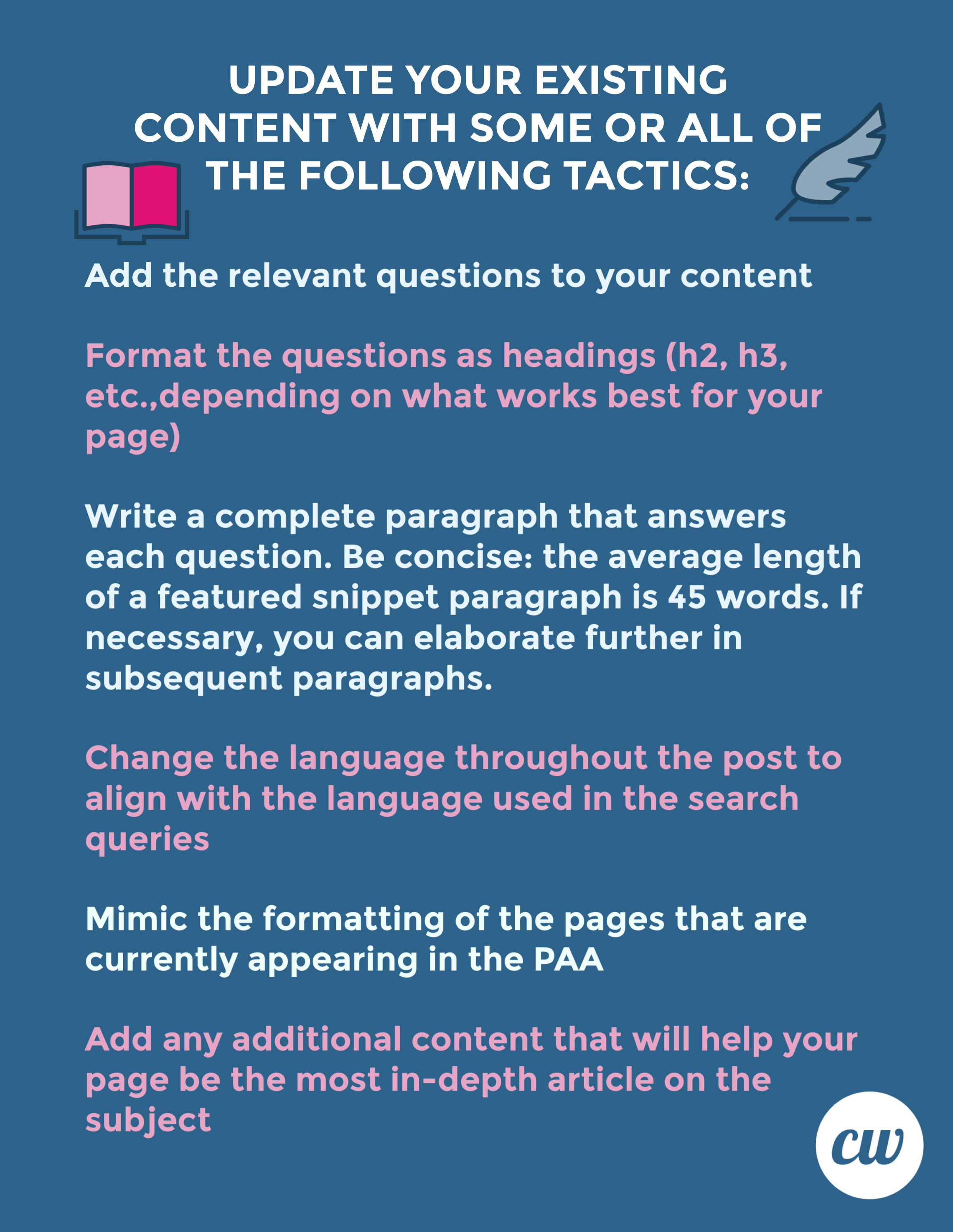
Active Voice: How it Transforms Your Writing Style
What’s the difference between active voice and passive voice?
What’s an active sentence vs. a passive sentence?
The world of web content writing is quirky at best.
Like most niches, it has its own set of best practices and guidelines that make it powerful and effective.
A content writing guideline that turns up often is the active voice.
What is Active Voice?
In an active voice sentence, the subject of the sentence, or the doer of the action, carries out the action of the verb.
Here are some examples of active voice:
The horse (subject) drank (verb) the water (object).
The teacher (subject) gave (verb) the speech (object).
How do we know these are active sentences?
Just take a look at the action of the verb and ask yourself who or what is doing that verb’s action?
Active sentences place the focus on the subject of the sentence by placing it up front ahead of the verb.

What is Passive Voice?
By contrast, in a passive voice sentence, the subject of the sentence is being acted upon by the action.
Here are some passive voice examples:
The water (object) was (past tense of is) drank (past tense of drink) by (preposition) the horse (subject).
The speech (object) was (past tense of is) given (past participle of give) by (preposition) the teacher (subject).
Notice how writing in the passive voice adds more elements that bulk up an otherwise compact sentence?
While each passive voice sentence states the same action, the active voice states the action more directly by placing the doer of the verb ahead it.
Depending on its utility, placement of the subject of a sentence and matters a whole lot.
And when it comes to copywriting, sentence construction can easily ruin a brand’s reputation.

Why Is the Active Voice Important?
From a content writing perspective there are several practical reasons why the active voice is important:
It Creates an Authoritative Voice
Company executives, business owners, and industry experts all want to sound authoritative and credible.
The direct, punchy style of the active voice instantly gives top-level professionals a strong writing delivery.
For instance:
Active: We deliver efficient service, affordable rates, and dependable work you can count on.
Passive: You can can count on efficient service, affordable, rates, and dependable work delivered by us.
While the passive works, it doesn’t pack the punch.
The active voice gives a straightforward delivery with authority because the focus is on what the company can do for the customer.
It’s Easier to Read
When content writing companies, web companies, and other companies state that they want easy to read sentences, what most of them are referring to (even if they don’t realize it) is that they want you to write in the active voice.
Why? Because reading in the active voice requires less effort.
Active: John’s sister plays the harp beautifully. She earned her music degree while attending Baker University. She plays three other instruments.
Passive: The harp is beautifully played by John’s sister. Her degree was earned by her at Baker University where she attended. There are other three instruments played by her.
While this example is a bit extreme, the example clearly demonstrates that if you fill your paragraphs with passive sentences, you will exhaust your readers.
It Uses Less Words
Less is more in content writing. Fewer words allow you to get right to the point and fill up your article with more meaningful content.
The passive voice is a word waster.
Active: A personal injury lawyer can take your case. You can then file a lawsuit, and a jury will decide the verdict. You may win your case.
Passive: Your case will be taken by a personal injury lawyer. Once the lawsuit is filed by you, the verdict will then be decided by a jury.
In this particular example, there is more meaningful content in the active voice than in the passive voice, because there are fewer wasted words.
Why You Should Avoid the Passive Voice in Content Marketing
Much of what you write is either direct marketing (copywriting) or indirect marketing (articles and blogs).
Either way, you’re marketing yourself or your company.
From a marketing perspective, the reason you should write in the active voice in content marketing is because your voice is more engaging.
Therefore, you are more likely to optimize your content and hold your reader’s attention.
Your audience landed on your web page because they wanted quick answers to their questions.
They don’t want to read a Pulitzer-Prize winning essay.
So give them what they want and keep them on your page.
Then Why Do So Many Writers Write in the Passive Voice?
The answer is simple.
The reason we write in the passive voice is because we are complex thinkers.
Our sentences are often a product of us trying to work out a thought in our head.
Structuring a sentence in a succinct manner requires far more attentiveness and focus than a wordy sentence that seems to never end.
Get Active in Your Writing Style
Using the active voice consistently is one of the most challenging elements in content writing.
Once you learn how to master it, however, you will find that it drastically improves your writing and enhances your web page readability.
Edward Lee launched his professional writing career only two short years ago churning out content for a nationally recognized web design company that caught the attention of Forbes Magazine. He cut his teeth in the home improvement industry writing about everything from roofing and electrical work to plumbing, painting, flooring and interior design.
Edward recently joined the freelance workforce and has since discovered success in an even broader arena that has expanded his expertise in a wider array of topics as well as helped him continue to fine-tune his writing abilities.
In addition to writing, Edward moonlights as a dueling pianist across the Gulf Coast on the weekends in between spending time with his wife of 22 years and his two daughters





